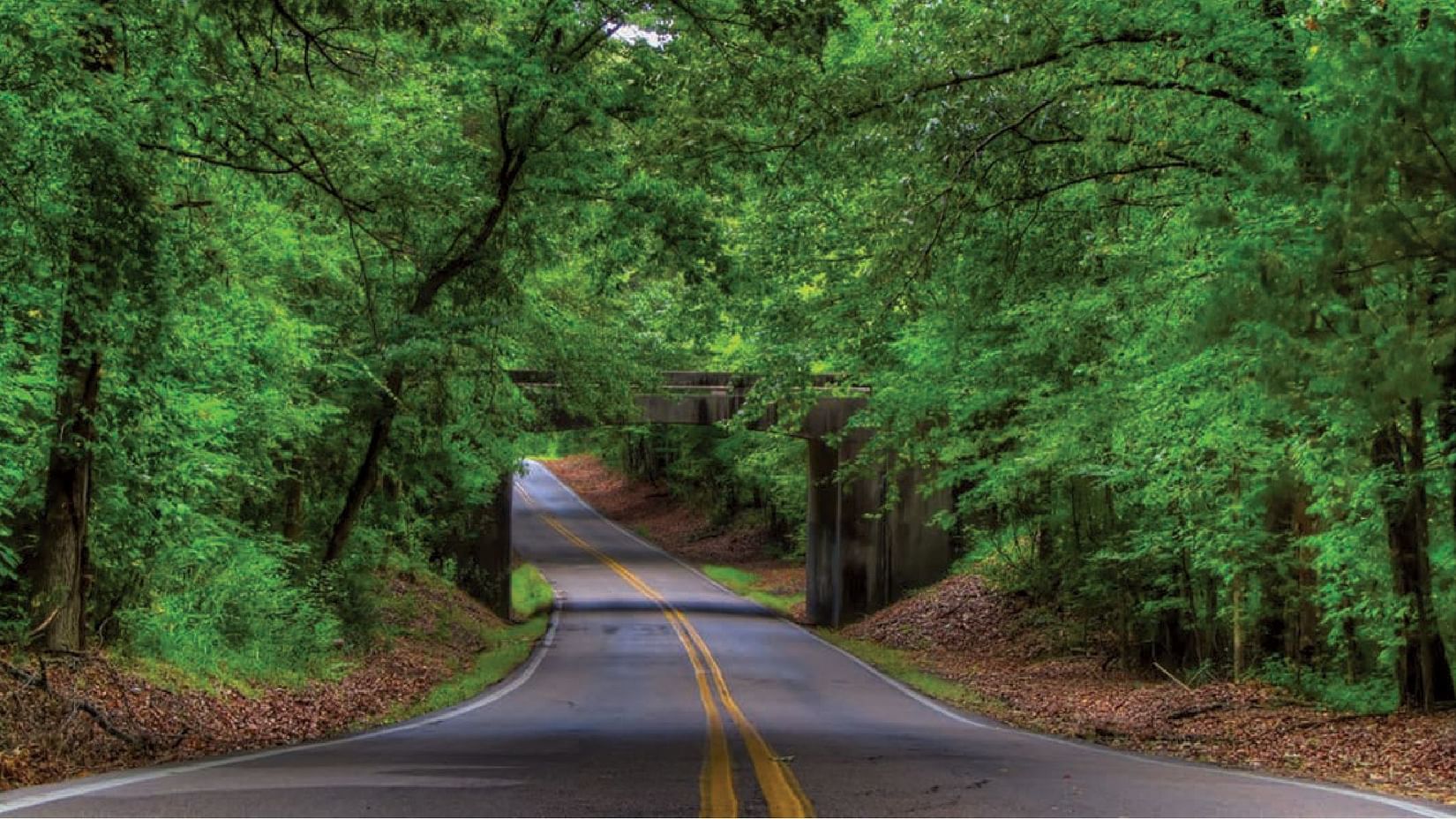- Activities in Gurgaon
- Short Trip from Delhi
- Weekend Getaways from Noida
- Pet-friendly Resort in Gurgaon
- Events in Gurgaon
- Tourist Places in Gurgaon
- Night Life in Gurgaon
- Wellness Retreat Near Delhi
- Weekend Getaways From Gurgaon
- Weekend Getaway near Chandigarh
- Two Days Outing near Delhi
- Anniversary Celebration Near Delhi
- Offbeat Places Near Gurgaon
- Things to Do in Manesar
- Sightseeing in Gurgaon: Experience the Other Side of Gurgaon
- IT Parks in Gurgaon
- New Year Celebration in Gurgaon
- The Best Vacation Places Near Delhi
- Offbeat Places Near Delhi
- Weekend Getaways From Delhi
- Holiday Resort Near Delhi
- Romantic Getaway Near Delhi
- A Delightful Summer Vacation in Gurgaon
- Karma Lakelands: An Idyllic Nature Resort Near Delhi
- When Shit Hit the Fan, Crores of Investment Went 5 Feet Under !!
- The Lockdown Revelations
- Ecotherapy in the times of Covid 19
- The Brown & Beautiful Story of Composting
- Legends, Legacy, and Lakelands!
- Green Drive Began from Home
- Air Quality in Green Areas
- No Time To Waste!
- Karma Lakelands
- In Harmony with the Elements
- The (Golf) Course Where It All Begins!
- Sustainability in Hospitality is Now a Dire Necessity
- Nurture Children In Nature
- Karma Villas
- The Staycation Gateway
- Playing Golf, The Karma Way
- Karma Weddings
- A Villa for Your Majesty
- Timeless Weddings
- Responsible Living at Karma Lakelands
- Nek Chand - The Inspirational Cornerstone of Karma Lakelands
- Luxury Living at its Best
- Blissful Living at Karma Lakelands
- 8 Reasons to Stay with Karma Lakelands
- Weekend Destinations Near Delhi
- Bamboo Forest at Karma Lakelands
- Places to Visit In and Around Manesar
- A Valentine’s Day Special in Gurgaon
- A Wedding Day Checklist for Brides
- Pet Friendly Diwali At Karma Lakelands
- Things to Do With Your Furry Friend on a Weekend
- Eco-initiative: The Brown & Beautiful Story of Composting
- Family Weekend Getaway In Delhi NCR
- The Perfect Picnic Spots near Delhi NCR for One Day
- A Weekend Getaway in Delhi-NCR for Couples
- The Ideal Pre Wedding Shoot Venue
- Karma’s Man of the Moment
- Consecrating the Banner of Patriotism
- Nature’s Teaching for the Next Generation
- Voyage of a Visionary
- Pet-friendly Cafe in Gurgaon
- Staycation in Gurgaon
- One Day Picnic
- A Romantic Dinner in Gurgaon
- Resort in Gurgaon for Family Outing
- Corporate Offsite Near Delhi

Most people assume that if they live near a green area with lots of trees surrounding them, the problem of air pollution will not impact them. The hundreds of trees will act as a barrier to the pollutants coming in. However, the numbers show a very different story. It has been found that the air quality in green areas that are in or near a polluted part of the country, has poor to even hazardous air quality.
There are two important things you need to undestand, before you lull yourself into the familiar complacency of living in a green area within a city. While trees and the green cover is important to keep pollution in check, but a pocket of green cover is only a part of a larger and complex system that is at work.
First and foremost, the trees make the air above them cooler and the warmer air from more polluted areas moves horizontally towards this cooler air making the area with green trees also heavily polluted. Secondly, the Air quality is not a local issue that can be pinned down to a small area. Air is constantly transient, and the air pollution zone of Northern India starts in Pakistan and ends in Bangladesh. Hence a small green zone will not have “clean and healthy” air when everything around is bad and this air is moving constantly. So now that we know that the air can be poor, what are some of the specific pollutants that we get exposed to, and what can we do to reduce our exposure:
There are two important things you need to undestand, before you lull yourself into the familiar complacency of living in a green area within a city. While trees and the green cover is important to keep pollution in check, but a pocket of green cover is only a part of a larger and complex system that is at work.
First and foremost, the trees make the air above them cooler and the warmer air from more polluted areas moves horizontally towards this cooler air making the area with green trees also heavily polluted. Secondly, the Air quality is not a local issue that can be pinned down to a small area. Air is constantly transient, and the air pollution zone of Northern India starts in Pakistan and ends in Bangladesh. Hence a small green zone will not have “clean and healthy” air when everything around is bad and this air is moving constantly. So now that we know that the air can be poor, what are some of the specific pollutants that we get exposed to, and what can we do to reduce our exposure:

Particulate matter (PM2.5, PM1)
• PM2.5 refers to particles with a diameter between 0 to 2.5μm (though what is measured is typically only between 0.3 and 2.5μm) . These are usually called fine particles and can be secondary aerosols, combustion particles and re-condensed organic metallic vapor, and acid components. Fine particles can reach all the way down to the alveoli in the lungs. • PM0.1 refers to particles with a diameter of less than 0.1 μm and are called ultra-fine particles. Ultra-fine particles are the most harmful to our health as they can penetrate into the bloodstream. • The safe levels for PM2.5 exposure is 10μg/m3 for annual average exposure. The average exposure when living in Delhi is 153μg/m3 – about 15 times the safe levels. • To avoid exposure to pollutants, stay indoors as much as possible, seal all windows and openings so that polluted air cannot enter, use an air purifier that is equipped with a True HyperHEPA filter which can effectively remove fine particles from the air. • If you spend more time on the road get high-efficiency HyperHEPA car air purifier which protects against PM2.5, ultrafine particles, allergens, diesel soot, and microscopic particles.
Carbon Dioxide
• The main source of Carbon Dioxide (CO2 ) indoors is human beings. At levels over 800ppm, it reduces human productivity significantly, impacts cognitive ability as well as causes discomforts like drowsiness and headaches. • Carbon dioxide cannot be filtered from the air with active carbon or other molecular filters like other indoor gases. Therefore, it needs to be diluted by bringing low CO2 concentration outdoor air into the building (air purifier which has the capability to bring fresh air from outside) or have lots of plants in the space as they remove carbon dioxide.
VOC’s
• VOCs (Volatile organic compounds) are carcinogenic gases that are emitted into the air from certain solids or liquids. It is present in our daily lives. We are constantly exposed to smells from several sources. Formaldehyde, one of the most common VOCs, is a colorless gas with an acrid (sharp and bitter) smell. It is common in many building materials such as plywood, particleboard, and glues.
• Other sources of VOCs include the burning of fuels such as gas, wood and kerosene and tobacco products. VOCs can also come from personal care products such as perfume and hair spray, cleaning agents, dry cleaning liquid, paints, lacquers, varnishes, printing machines, mosquito repellant, deodorant, etc.. VOCs include a variety of chemicals that can cause eye, nose and throat irritation, shortness of breath, headaches, fatigue, nausea, dizziness and even cancer.
• One can get a high quality filter that is capable of removing VOC’s from the air. Typically a simple carbon filter will NOT do this well. One must invest in a higher grade filter that has broad spectrum gas removal capability.
• Other sources of VOCs include the burning of fuels such as gas, wood and kerosene and tobacco products. VOCs can also come from personal care products such as perfume and hair spray, cleaning agents, dry cleaning liquid, paints, lacquers, varnishes, printing machines, mosquito repellant, deodorant, etc.. VOCs include a variety of chemicals that can cause eye, nose and throat irritation, shortness of breath, headaches, fatigue, nausea, dizziness and even cancer.
• One can get a high quality filter that is capable of removing VOC’s from the air. Typically a simple carbon filter will NOT do this well. One must invest in a higher grade filter that has broad spectrum gas removal capability.
Harmful Gases
• The gaseous air pollution can be either outdoor or indoor air-based. Outdoor air can contain high concentrations of Carbon Monoxide (CO), Sulfur Oxides (SOx), Nitrogen Oxide (NOx), Ozone (O3 ), Hydrogen Sulfide (H2 S), Ammonia (NH4 ), Dioxins, Furans, and volatile organic compounds (VOC). Most of these gases are related to vehicle emissions, landfills, burning of waste (including plastics) and open sewage systems.
• These gases with high concentrations can create various health effects, like increased respiratory symptoms in people with asthma. Sometimes the combination of particulate matter with gases like NOx are harmful as particulates carrying NOx penetrate deep into the lungs and can cause respiratory disease. Ozone is a lung irritant and high concentration levels of ozone is harmful to our health.
• Again, it is very important that one gets proper analysis and testing done in a living space for these harmful gases. Specially if there are strong odors, electronics tend to fail often, AC pipes get corroded quickly, etc. To protect oneself from damage from these gases, one must invest in high quality gas phase filtration that has the ability to target these harmful gases. Speak to a consultant who knows what they are doing before buying something like this. As we have seen above it is imperative that we work towards clean air for ourselves. We drink 2-4 litres of water and are very particular about the quality of the same. But we breathe 11-13 thousand litres of air each day. What do we do about this?
• These gases with high concentrations can create various health effects, like increased respiratory symptoms in people with asthma. Sometimes the combination of particulate matter with gases like NOx are harmful as particulates carrying NOx penetrate deep into the lungs and can cause respiratory disease. Ozone is a lung irritant and high concentration levels of ozone is harmful to our health.
• Again, it is very important that one gets proper analysis and testing done in a living space for these harmful gases. Specially if there are strong odors, electronics tend to fail often, AC pipes get corroded quickly, etc. To protect oneself from damage from these gases, one must invest in high quality gas phase filtration that has the ability to target these harmful gases. Speak to a consultant who knows what they are doing before buying something like this. As we have seen above it is imperative that we work towards clean air for ourselves. We drink 2-4 litres of water and are very particular about the quality of the same. But we breathe 11-13 thousand litres of air each day. What do we do about this?